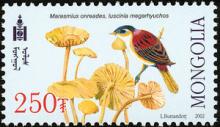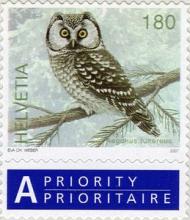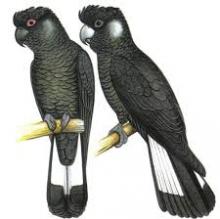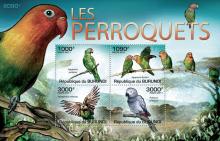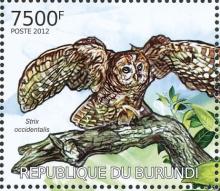
The Northern Spotted Owl (Strix occidentalis) is in decline across its entire range, and its rate of decline is increasing—that is the conclusion of a major demographic study produced by federal scientists, published Wednesday, December 9, 2015, in the journal “The Condor.” The study examined survey results from monitoring areas across the range of the imperiled owl. This research indicates that since monitoring began in 1985, Spotted Owl populations declined 55-77 percent in Washington, 31-68 percent in Oregon, and 32-55 percent in California. In addition, population declines are now occurring in study areas in southern Oregon and northern California that were previously experiencing little to no detectable decline through 2009. The northern spotted owl is primarily nocturnal. Its diet consists mainly of wood rats (Neotoma sp.) and flying squirrels, although it will also eat other small mammals, reptiles, birds and insects.The Northern Spotted Owl is a rare raptor often associated with the complex features and closed canopy of mature or old-growth forests. Since it is associated with older forests, the owl serves as an “indicator species”—its presence indicates that the forest is healthy and functioning properly.

